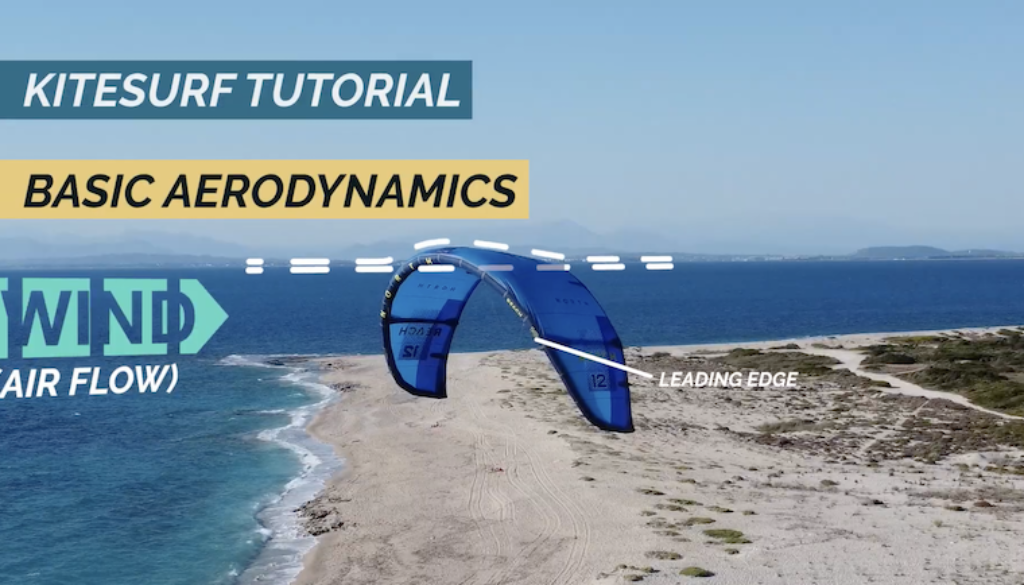BASIC AERODYNAMICS OF A KITE
Knowing the basics of aerodynamic will help you understand why your kite might front stall or back stall.
My name is Petar Pavlovic, I love sharing my Kitesurf Experience with you and in this episode we will talk about the basics of the kite aerodynamics.
For any object to fly you need air flow (wind) and its preferable for the object to have smoother shape and to be symmetrical or asymmetrical. Today we will be talking about asymmetrical objects as it is how the kites are designed.
When the air flow (wind) is passing over a kite, there are multiple forces that are helping the kite to fly properly.
In this post we will focus on the lift and drag. The lift should always be greater than the drag.
AERODYNAMICS OF THE KITE
What is the drag?
It is the force created by the friction on the surface of a kite. The Drag is in the same direction as the air flow (wind).
Why we have the lift?
When the wind (air flow) is blowing on the leading edge of a kite, it splits in two layers. One going below (intrados) the kite and the other one going above (extrados).
Due to the carved shape of the kite the air flow above the kite will accelerate, therefore it will be less pressured. Below the kite, where the airflow is traveling slower, it will create more pressure.
The lift is created by pushing the kite from high to low pressure. Which is perpendicular to the air flow (wind).

WHAT IS THE ANGLE OF ATTACK (AOA)
By pulling or deepowering the bar we are changing the angle of attack. As a result, when we pull the bar, as the canopy above the kite gets more curved. Consequently here is a faster acceleration of the air flow so it will create more lift.
When we completely deepower the bar the canopy above the kite is quite flat so it creates just enough lift for the kite to fly and for it to be stable.
The ideal angle of attack for the kite to fly properly is around 5 degrees to 20 degrees. If there is not enough angle of attack or there is a huge increase of angle of attack it will make your kite front stall or back stall.

KITE AERODYNAMICS: FRONT STALL
When the back lines are too long (so when the front lines are too short). This can cause the trailing edge to get higher than the leading edge. As a result it will decrease dramatically the lift and the kite will just fall from the sky.
KITE AERODYNAMICS: BACK STALL
If we change drastically the angle of attack, so if we pull on the back lines too much the drag will be equal or even become greater than the lift. Which will cause the kite to back stall.
It’s important to have your bar lines symmetrical. This way while deepowering or pulling the bar it doesn’t cause the kite to front stall or back stall.






